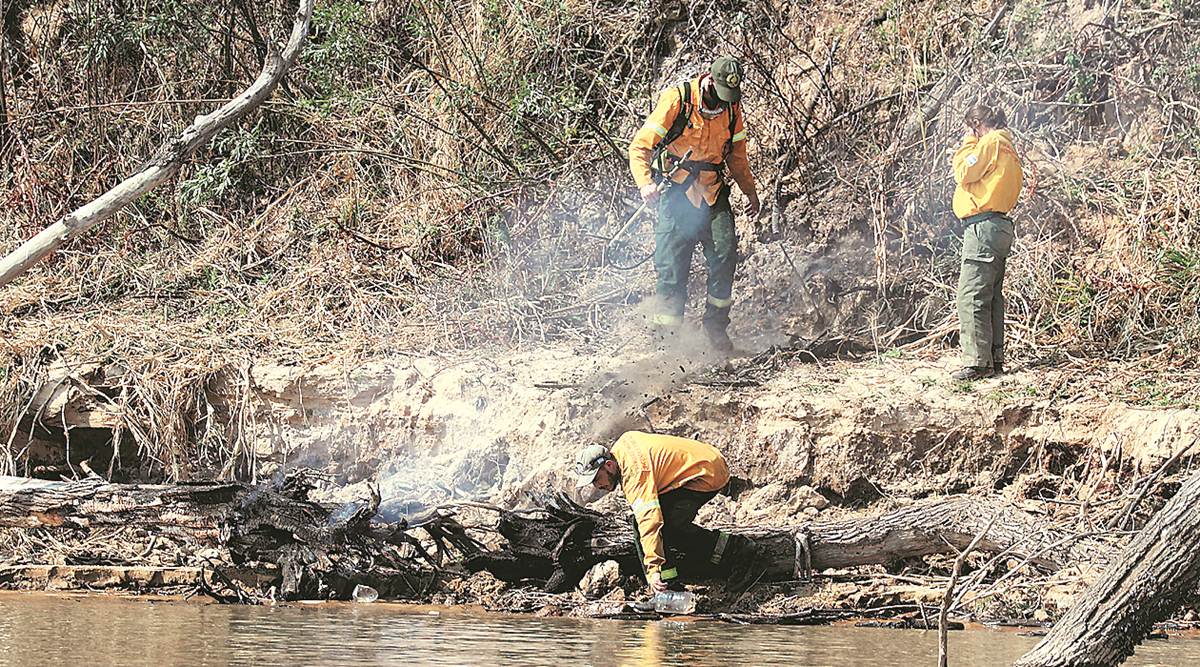
[ad_1]
 Around 85% of wetlands’ area has been lost since 1970. (Reuters)
Around 85% of wetlands’ area has been lost since 1970. (Reuters)
The WWF’s Living Planet Report 2020, released on Wednesday, has found that there has been a reduction of 68 per cent in the global wildlife population between 1970 and 2016. The report also found that 75 per cent of the the Earth’s ice-free land surface has already been significantly altered, most of the oceans are polluted, and more than 85% of the area of wetlands has been lost during this period.
The most important direct driver of biodiversity loss in the last several decades has been land-use change, primarily the conversion of pristine habitats into agricultural systems, while much of the oceans have been overfished.
The highest biodiversity loss due to land use change globally has been found in Europe and Central Asia at 57.9 per cent, then in North America at 52.5 per cent, Latin America and Caribbean at 51.2 per cent, Africa at 45.9 per cent and then Asia at 43 per cent.
Other factors leading to biodiversity loss include species overexploitation (like overfishing), invasive species and diseases, as well as pollution and climate change.
The largest wildlife population loss, according to the Living Planet Index, has been in Latin America at an alarming 94 per cent.
The report also finds that one of the most threatened biodiversity globally has been freshwater biodiversity, which has been declining faster than that in oceans or forests. Almost 90 per cent of global wetlands have been lost since 1700 and global mapping has recently revealed the extent to which humans have altered millions of kilometres of rivers.
India, a “megadiverse country” with over 45,000 species of plants in only 2.4 per cent of the world’s land area, has already lost six plant species to extinction, according to the IUCN Red List. The report further finds that India has lost nearly one-third of its natural wetlands to urbanisation, agricultural expansion and pollution over the last four decades and WWF India’s report on Water Stewardship for Industries revealed that 14 out of 20 river basins in India are already water stressed and will be moving to extreme water scarcity by 2050.
“The report indicates that our relationship with biodiversity and nature are unravelling. Even health of the soil is declining and we are losing the topsoil, including in India, at an alarming rate,” said WWF India programme director Sejal Worah.
Worah added that in India, adequate data, on different aspects regarding plant and animal species and their habitats, are simply not available. In the absence of this data, it also becomes more difficult to identify a problem and envisage a solution.
📣 The Indian Express is now on Telegram. Click here to join our channel (@indianexpress) and stay updated with the latest headlines
For all the latest World News, download Indian Express App.
[ad_2]
Source link